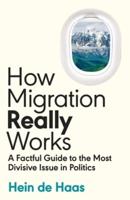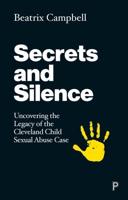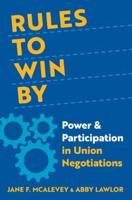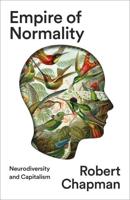Publisher's Synopsis
The Temporary Assistance for Needy Families (TANF) block grant provides federal grants to states for a wide range of benefits, services, and activities. It is best known for helping states pay for cash welfare for needy families with children, but it funds a wide array of additional activities. TANF was created in the 1996 welfare reform law (P.L. 104-193). TANF funding and program authority were extended through FY2010 by the Deficit Reduction Act of 2005 (DRA, P.L. 109-171). TANF provides a basic block grant of $16.5 billion to the 50 states and District of Columbia, and $0.1 billion to U.S. territories. Additionally, 17 states qualify for supplemental grants that total $319 million. TANF also requires states to contribute from their own funds at least $10.4 billion for benefits and services to needy families with children -- this is known as the maintenance-of-effort (MOE) requirement. States may use TANF and MOE funds in any manner "reasonably calculated" to achieve TANF's statutory purpose. This purpose is to increase state flexibility to achieve four goals: (1) provide assistance to needy families with children so that they can live in their own homes or the homes of relatives; (2) end dependence of needy parents on government benefits through work, job preparation, and marriage; (3) reduce out-of-wedlock pregnancies; and (4) promote the formation and maintenance of two-parent families. Though TANF is a block grant, there are some strings attached to states' use of funds, particularly for families receiving "assistance" (essentially cash welfare). States must meet TANF work participation standards or be penalised by a reduction in their block grant. The law sets standards stipulating that at least 50% of all families and 90% of two-parent families must be participating, but these statutory standards are reduced for declines in the cash welfare caseload. (Some families are excluded from the participation rate calculation.) Activities creditable toward meeting these standards are focused on work or are intended to rapidly attach welfare recipients to the workforce; education and training is limited. Federal TANF funds may not be used for a family with an adult that has received assistance for 60 months. This is the five-year time limit on welfare receipt. However, up to 20% of the caseload may be extended beyond the five years for reason of "hardship", with hardship defined by the states. Additionally, states may use funds that they must spend to meet the TANF MOE to aid families beyond five years. TANF work participation rules and time limits do not apply to families receiving benefits and services not considered "assistance". Child care, transportation aid, state earned income tax credits for working families, activities to reduce out-of-wedlock pregnancies, activities to promote marriage and two-parent families, and activities to help families that have experienced or are "at risk" of child abuse and neglect are examples of such "nonassistance".










